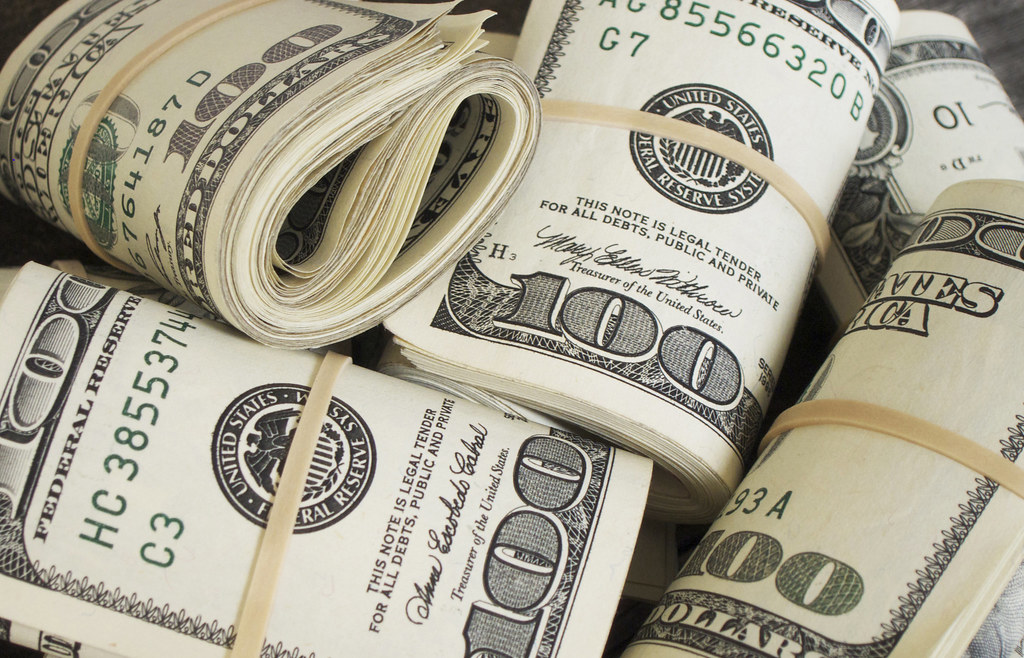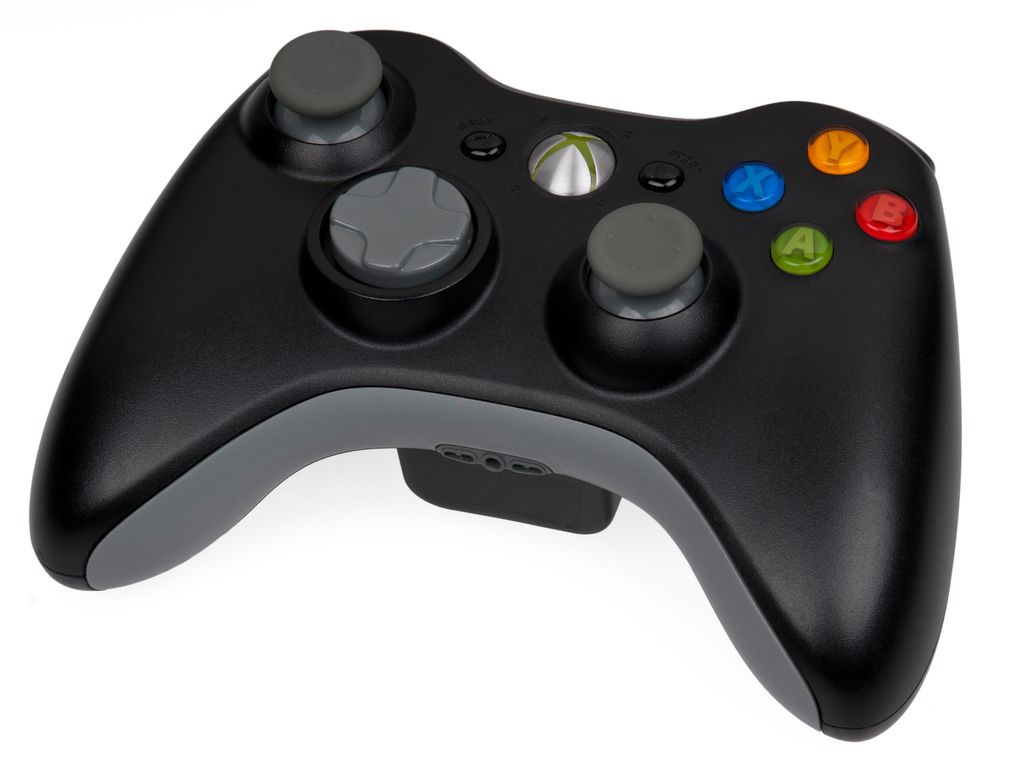Here’s the scenario, you are in your favorite store stocked with the fragrance of new products neatly lining the shelves. The thrill of the buy is building, choosing is the dilemma. One shelf is stocked with beautifully crafted bottles of premium vodka advertised on TV as exuding sex, power, money and popularity. Another shelf holds double the number of bottles of the budget friendly vodka that has never let you down. It tastes similar and gives the same ultimate experience but with a drab, plain uninviting label and generic bottle. The choice is clear, or is it?

The voice in your head repeats all the clichés, “you get what you pay for”, “better costs more,” and “treat yourself to a bit of luxury.” Are these the sound of reason or the temptation to spend more with a belief that expensive is better? Price and quality are a notion that is coming into question with the advent of internet shopping and bragging rights among family friends and neighbors increasingly become who got the best price and where?
The shiny allure of expensive products in overproduced advertising with high priced celebrities is an appeal, it is not a guarantee of superior quality. There is a entire industry of professionals dedicated to separating you from your money based on looks not quality. It is the world of pricing psychology where the difference between $3.99 and $4.00 is a not about a penny. It is a carefully calculated orchestrated strategy to encourage you to spend your money.
The psychology of pricing includes a tactic that exploits our ingrained beliefs that expensive equals better. It begins with your morning coffee shop visit where the language of luxury implies that if it costs more it’s better. You can get “regular” coffee for $2.50 or a “Grande Super Roast” for $4.50. Each menu option is completed with carefully orchestrated and staged images to convey the difference. The “regular” coffee is pictured in a plain paper cup against a non-descript background. The “Grande Super Roast” is pictured in a decorative cup held by a perfect hand with hot steam drifting into a picturesque background with photographic interplay between shadow and light. It is the same coffee at a different price. If the $2.50 coffee didn’t satisfy, would customers return day after day? The shop must serve a good tasting cup of “regular” coffee, or they would soon be out of business. They are of course happier to get $2.00 more for a fancy cup and a well presented menu item, are you willing to pay the extra?
The above coffee example is played out every day encouraging you to crave a higher priced product with the mistaken belief that more expensive is better. Like Pavlov’s Dog, who was conditioned to expect food when the bell rang, consumers are being trained to relish the luxury of high-priced products. They are convinced that higher price means a superior item. Consider more examples and become an educated shopper.
Look at Monster cable, it is a brand that sells what is billed as high-end audio cables at expensive prices. Independent scientific tests have shown that Monster cables perform only slightly better than a coat hanger wire over short distances. The high price tag and the allure of ‘premium’ branding drives sales for Monster cable, even though the average consumer has no need for the advanced features the product offers.
In everyday shopping, the myth that price equals quality can be questioned. Premium is being challenged to a dual of proof by brands that are looking to capture market share by offering quality at a cheaper price. Kirkland Signature and Coway Airmega AP-1512HH Mighty air purifier are openly jostling with the premium market by offering solid performance and durability at a fraction of the cost.
To be a savvy shopper it is essential to know when to spend extra for premium and when it is not necessary. The nuances of smart shopping can transform your purchasing habits. It will guide you in maintaining the quality of life you enjoy while spending wisely and consciously. Key points to consider in various product categories are based on consumer experiences, reviews and satisfaction surveys.
Let’s go back to the vodka example. Premium vodka brands are seducing you into a luxurious experience. The reality is that the fancy bottle and attractive labels held by million dollar celebrity influencers do not offer a more distinct experience than the plain label and simple bottle affordable counterpart.
When it comes to vodka, the distillation process is the same across the price points. This means that the liquid going into a $100 bottle and a less than $20 bottle is remarkably similar. If restocking your home bar, remember that brands like Kirkland Signature and Pinnacle offer a top-shelf experience without the top-shelf price.
Smart-home gear is an area where prices are responding to maturing markets, allowing quality technology to be more accessible at lower price points. The advice from Rachel Cericola, a senior staff writer at Wirecutter, highlights that the best smart-home gear isn’t always the most expensive. Innovative products such as efficient light bulbs, speakers, and security cameras can significantly enhance your living experience at a fraction of the cost. Opting for these more affordable choices does not mean compromising on quality or functionality, it means not paying for the packaging or words like “premium” on the labels.
Bicycles push the lure of high-end models with carbon-fiber components. Cycling enthusiasts seeking the best experience have become convinced that it is the way to pedal. Wirecutter senior staff writer and cyclist Tim Heffernan sees it differently. He points out that midrange bikes often provide the same, if not better, durability and functionality for everyday riders. He goes on to explain that the additional cost of top-of-the-line bikes rarely translates into a markedly better riding experience for the average person.
Air purifiers have become a household essential for many, especially considering the increased awareness around air quality. The Coway Airmega AP-1512HH Mighty air purifier is a prime example of how spending more doesn’t necessarily equate to better performance. The reality as proven by lower cost air purifiers is that HEPA filter’s effectiveness isn’t exclusive to high-end models; spreading several less expensive purifiers around your home can be just as effective.
In the realm of kitchenware, both cast-iron pans and nonstick cookware serve as reminders that expensive doesn’t always mean better. The Lodge Chef Collection 12-Inch Cast Iron Skillet and the Tramontina Professional 10-Inch Restaurant Fry Pan are lauded for their performance, durability, and cost-effectiveness. These products challenge the misconception that higher-priced items offer superior quality or longevity.
Now let’s get back to coffee. The allure of high-end coffee brewers and premium beans is undeniable for coffee aficionados. However, methods like the Chemex or French press not only cost less than many drip machines but also elevate the taste of more affordably priced coffee beans. This approach allows coffee lovers to enjoy a rich, nuanced cup without overspending on equipment or ingredients.
There is a consistent theme across all categories of consumer goods, high price does not equal quality. Cost-effective alternatives to name brand stores and products could offer a superior experience at a lower price. Be an informed shopper, research and compare and think about if you are paying for packaging, expensive labels and high priced celebrity endorsements or the actual product.
Related posts:
25 Things Where Expensive Doesn’t Mean Better
Ask Wirecutter: Are There Cheap Products That Are Better Than Their Pricey Counterparts?
Expensive isn’t always better



